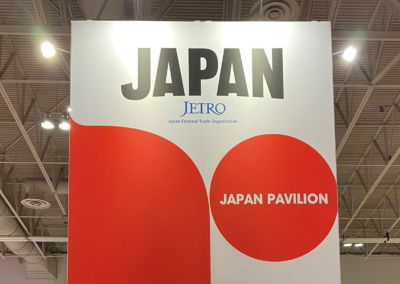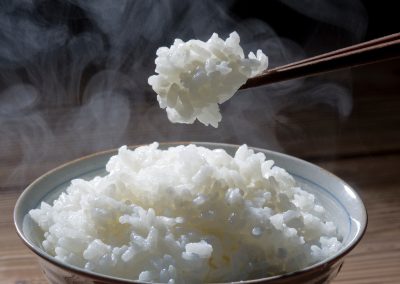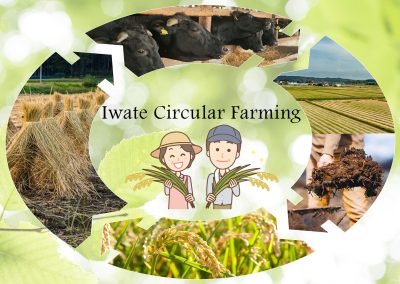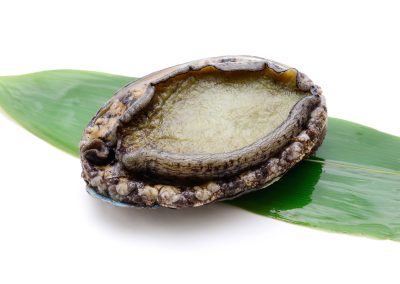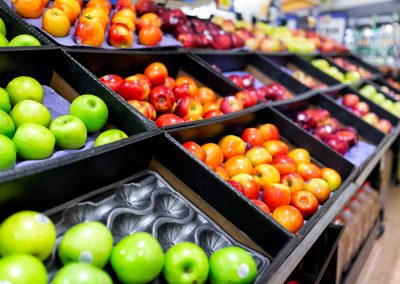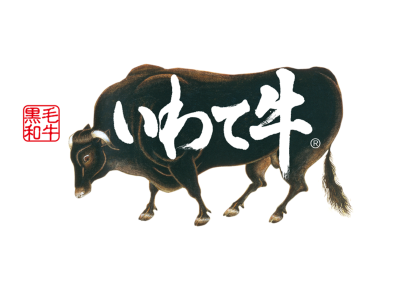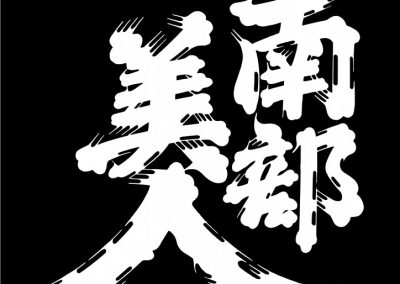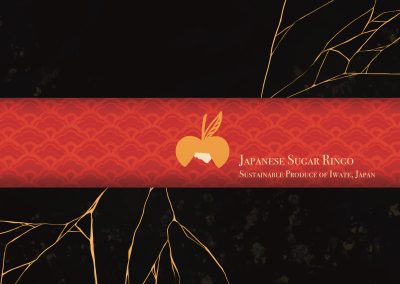
We are a marketing company specializing in promoting import and export business between Canada and Japan. If your company is thinking about expanding into the Japanese market, but do not know where to start, please contact us. Our marketing experts will help create strategic marketing plans and connect you with reliable and valuable business partners in Japan.

Connecting besuiness between
Canada and Japan
Our Services
Market research / Corporate screening
We provide detailed market research services on your behalf, addressing aspects that a short on-site visit may not fully cover. Based on your overseas business plans and specific requirements, we identify and connect you with potential local partner companies. Additionally, we offer background checks to evaluate the credibility of local businesses upon request.
Marketing
Effective promotion in diverse markets requires local expertise. Our Japanese and Canadian team excels in creating tailored strategies, including Glocalization, and developing marketing materials to penetrate the Japanese market. Leveraging local connections, we provide insights, sales strategies, and North America-based marketing expertise that sets us apart.
Business Translations
We offer English-to-Japanese translation services to ensure smooth communication and mutual understanding while preventing language mismatches. This includes materials, reports, contracts prepared by local companies, and email correspondence with representatives, supporting your overseas expansion seamlessly.
Join us on this exciting journey towards growth and success.
Let’s create something extraordinary together!

